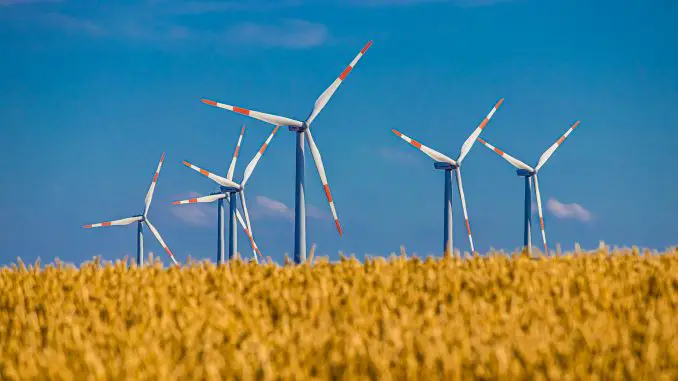
Do you also want to reduce your or your company’s climate impact? Do you want to start living more sustainably? We know that nobody can do everything, but everyone can do something. Here are some simple tips on how to get started and what to think about.
Calculate your climate impact
Begin by analyzing your climate impact by calculating your energy use and your emissions. You do this most easily through a climate calculator. Your emissions are expressed in carbon dioxide equivalents, which means that all climate-impacting gases are included. Here you can measure your climate impact:
private person
Climate Account
This calculator is aimed at you as a private person and includes the climate impact of housing, travel, food and other things. Here you make a quick estimate of your climate impact in terms of carbon dioxide equivalents and see if you have a sustainable lifestyle. You also get a comparison with the average Swedish emissions.
Climate Smart Calculator (WWF)
This calculator covers the climate impact of food, travel, homes,< and gadgets and is aimed at individuals. Here you quickly get an estimate of your climate profile expressed both in the number of carbon dioxide equivalents and in the number of globes.
Myclimate (Zeromissions Business Calculator)
Myclimate’s climate calculator includes climate impact from energy, work and business trips, food and beverage to employees as well as paper consumption and waste. It is relatively easy to fill in and the company’s climate profile is expressed in carbon dioxide equivalents, CO2e.
Reduce food waste – eat climate-smart
If we, as consumers, buy more nutritious food and eat less meat, we will significantly reduce our own climate impact while balancing the food load on the climate. Shopping ecologically is a good way to drive development. The fact that we throw away food is also something that has a negative impact on the climate, so try to avoid it as much as possible.
Eating climate smart is not as difficult as it sounds. Here are four tips from WWF:
- Reduce waste! Plan your purchases so that you eat up the food you carry home.
- Eat healthy and varied – lots of fruit, vegetables, and whole grains, reduce sugar and unnecessary fat.
- Reduce meat. We would need to cut our meat consumption substantially. Choose organic, natural beef or Swedish meat. Do not replace the meat with fish but with legumes and other useful protein sources.
- Choose eco-labeled food. Certification means that an independent check is made that the product meets a standard and meets environmental requirements.
- Streamline your energy use
Of course, the best kilowatt-hour is the one that is not used. Reduce your energy use by:
- reduce the heat indoors
- leave empty rooms as extinguished rooms
- change to low-energy lamps, fluorescent lamps and/or LED lighting
- Renewable energy
- Review your electricity and heating agreements. While switching to renewable electricity, you can lower your electricity costs. Renewable electricity is, for example, wind power, solar energy and small-scale hydropower.
The energy consultancy provides good tips and information about the advantages and disadvantages for both companies and private individuals.
Sustainable savings
Finally, we want to advise you on reviewing your savings. Did you know that your savings can actually make the single biggest positive difference for your climate impact? By making the choice to place your savings and your pension savings into sustainable alternatives, you are helping and influencing society to adjust for the development of the world in a more sustainable direction.
Leave a Reply